Cost of becoming an airline pilot. Do you want to become an airline pilot? This can be a dream come true for some, but it takes a lot of hard work and dedication.
In this article, we’ll look at the costs associated with becoming an airline pilot, what you need to do (and have) in order to become one, and how much money you can expect to make once you get your wings.
There are many reasons to consider a career in commercial aviation. Often, pilots cite the flexibility in scheduling, the international travel opportunities, and the glamorous lifestyle.
While it may be true that pilots enjoy some enviable perks, it’s also worth noting that a pilot’s salary is anything but glamorous.
Let’s take a realistic look at the cost of becoming a pilot so that you can make an informed decision about whether or not this is really what you want to do. The career of piloting an aircraft for a living is one that intrigues many people.
A career in aviation can be just as exciting and dynamic as other professions like the medical field, law enforcement, or even professional sports. The high salary and freedom to travel are major perks, especially when compared to other vocations.
The cost of becoming an airline pilot
Becoming an airline pilot can be a rewarding experience, but it also comes with a hefty price tag. The average salary for pilots is $150,000 per year. That’s more than any other profession, including lawyers and doctors!
However, there are ways to cut costs while learning how to fly airplanes—and they all start with spending less time in the cockpit. Despite what you might think,
The average pilot spends only about 3% of his or her time actually flying. The rest is spent on paperwork and procedures that can be done away with if you’re willing to sacrifice a little safety.
How much it costs to become an airline pilot depends on how many hours of flight training you need, whether you go to an accredited school or take lessons on your own, and where you take those lessons.
According to the Federal Aviation Administration (FAA), the average cost of flight training ranges from $15,000 to $50,000 for private pilots and from $20,000 to $60,000 for commercial pilots. The number of hours you need depends on whether you want a private or a commercial license.
Read more articles: Safest Private Aircraft in the World
Tips to keep in mind
- Is becoming a commercial pilot different?
- What is the cost of initial flight training?
- What is the cost of instrument rating training?
- What is a commercial pilot certificate?
- What is multi-engine time building?
- Commercial pilot license and turbine experience
- What is an airline transport pilot license (ATPL)?
- What is a multi-crew cooperation course (MCC)?
1. Is becoming a commercial pilot different?
The cost of initial flight training varies considerably among airlines, but it usually falls somewhere between $20,000 and $30,000, with a maximum of $50,000. The cost includes the price of tuition, textbooks, and other non-flight training costs.
The amount you pay for your initial certificate depends on where you enroll in your course (private or public) and whether or not that course is accredited by the FAA or Transport Canada (TC).
Tens of thousands of people have successfully completed training with the program, which makes it an excellent investment. The course is not just for pilots, and there are many benefits to taking a flight school’s course compared to the cost of private lessons or self-study.
With the exception of airline pilot training with the FAA, most programs provide a full spectrum of aviation education and job placement support.
Training in a junior program allows you to become proficient in skills that will make you more marketable when switching careers, such as medical, logistics, meteorology, financial planning, supervisory positions, and much more.
Since there are so many career options, your best bet is to sign up for something that fits your needs and interests and is taught by highly qualified teachers.
Read more articles: Is Aviation A Good Career?
2. What is the cost of initial flight training?
Initial flight training costs vary depending on where you are located and what school you attend, but most schools charge between $5,000 and $10,000. The government may also cover some or all of this cost for military pilots who have served for at least five years in their respective branches.
Flight training is the most expensive part of becoming a pilot. You can expect to spend between $5,000 and $10,000 on your first 60 hours of instruction.
You’ll be under the watchful eye of an instructor who will guide you through takeoff and landing procedures, instrument flying, cross-country navigation, and high-altitude aerobatics.
The cost of flight time varies widely across the country according to location, time of year, and type of aircraft used for instruction.
You’ll also need to budget for ground school courses, which typically cost between $1,500 and $2,500 depending on the length of training and whether it’s provided by an accredited institution or by a private company such as FlightSafety International or Simuflite Learning Center.
Ground school is mostly about learning things like aerodynamics, meteorology, navigation techniques, and federal aviation regulations (FARs) in a classroom.
Read more articles: Do Private Jets Have Showers?
3. What is the cost of instrument rating training?
The cost of instrument rating training varies depending on the country you are studying in and the type of aircraft being used, as well as other factors.
Some countries offer subsidies or allowances for pilots who wish to obtain their license, while others do not provide such a benefit.
In addition to government assistance, there may be additional costs associated with living in certain areas that affect your ability to afford flying lessons or equipment needed for training purposes (e.g., hotels).
The cost of instrument rating training can be substantial, but it is often worth the investment.
For example, if you are planning on becoming a pilot for an airline or charter company and want to be able to fly at night or in poor weather conditions, then obtaining this license will be essential.
If you do not have one, many employers will not hire you as a pilot. Instrument rating training often begins with a pre-flight briefing, where you will be provided with all the materials and information you need to complete the course.
This includes maps, charts, graphs, and other visual aids that should be studied before your first lesson. Once you have received your instrument rating certificate from an instructor or school, they can help you find jobs in this field if needed.
4. What is a commercial pilot certificate?
The FAA requires that all pilots be able to read, write, and speak English. The FAA also requires that all pilots have at least a high school diploma or a GED and at least 2 years of experience as certified flight instructors.
The FAA also requires that all pilots have an “Airman’s Certificate,” which is proof that they have taken and passed an approved course in aeronautical knowledge.
The Federal Aviation Administration (FAA) gives you a commercial pilot certificate after you pass an oral test given by a state-certified aviation professional. Check with your state’s department of public safety to find out who that person is.
When it comes to becoming a pilot, the cost of flying lessons can be a major factor in determining whether or not you will pursue your dream.
There are many programs out there that offer discounted rates for active military personnel, but what about those who have already retired from the service? You will also be required to pass a written test, which is administered by the FAA.
Read more articles: Aviation Psychologist
5. What is multi-engine time building?
The multi-engine time building program is one of the most important things you can do to prepare yourself for pilot training. It will give you experience flying in a variety of different aircraft, which will help in case something happens during your commercial pilot license (CPL) exams.
In order to become an airline pilot, there are certain requirements that must be met before taking your CPL exam. These include:
- Having at least 1,500 hours of flight experience
- passing written tests and oral interviews
- Completing ground school Having a valid passport and visa
Multi-engine time building is a way for pilots to build multi-engine time toward their private pilot certificate without actually flying a multi-engine airplane.
The requirements are set by the Federal Aviation Administration (FAA) and are found in the Aeronautical Information Manual (AIM).
Multi-engine time building can be accomplished in two different ways:
1) By flying at least 10 hours of simulated multi-engine time with an FAA-certified simulator operator or a Part 141 flight school.
2) By completing a multi-engine rating test in an FAA-certified simulator that includes at least 10 hours of simulated multi-engine training before attempting the test.
The FAA requires that all pilots fly at least three hours of multi-engine time before they can apply for an instrument rating.
This requirement applies even if you already have an instrument rating. The same applies to commercial pilots who want to fly single-engine aircraft for hire or compensation.
It is possible to build your multi-engine time by flying with a friend or family member who already has their multi-engine rating. However, this process can be expensive because they must pay for their own flight time while you are learning from them.
There are other options, however, such as joining a pilot association or flying club that allows non-members to join and share costs with others who want to build their hours.
Read more articles: How Much Fuel Do Private Jets Use?
6. Commercial pilot license and turbine experience
A commercial pilot license with turbine experience is required to fly this aircraft. The minimum level of experience is 250 hours in turbine aircraft (as a pilot in command).
This could be obtained by completing an approved training program or working as a flight instructor for a minimum of 250 hours.
The applicant must have completed a minimum of 100 hours as the sole occupant of the aircraft in accordance with Part 61 regulations.
Additionally, the applicant must have completed at least 50% of the total turbine time in multi-engine aircraft and 25% of the total turbine time in complex airplanes.
A commercial pilot’s license with an instrument rating is required to fly a turbine-powered airplane. This requires experience in both piston and turbine aircraft with at least 500 hours of total flying time as well as 250 hours of cross-country flight time.
The Federal Aviation Administration (FAA) sets requirements for experience and training based on the type of airplane being flown.
Pilots must demonstrate they can handle the aircraft in various situations, including takeoffs and landings, high altitude flying, night flying, and navigation through bad weather conditions.
The first step to becoming a commercial pilot is obtaining a private pilot certificate with an instrument rating. This allows a pilot to fly an airplane without any other person in the cockpit and allows them to fly in cloudy or foggy conditions.
After receiving this certificate, pilots need about 250 hours of flight time before moving on to their commercial pilot license (CPL). Once they have received their CPL, pilots may start flying for pay or hire.
Read more articles: What is the Alphabet Used in Aviation?
7. What is an airline transport pilot license (ATPL)?
An airline transport pilot license (ATPL) is the highest level of certification that an airline pilot can achieve, and it allows you to fly any type of aircraft.
The ATPL exam consists of multiple tests, including a written test, an oral communication skills assessment, a flight simulation test, and practical exams at your local airport or flight school.
There are also several levels of proficiency depending on how long you have been flying in the past five years; these can be tested on their own, but most people choose to get their initial rating from their current employer before moving up into another category if needed.
The ATPL exam tests a variety of skills, including:
Practical navigation, instrumentation, and communications
-Aircraft performance and handling characteristics
Airspace structure and procedures
The ATPL can be obtained in two ways: by obtaining a commercial pilot license (CPL) first and then adding on an additional type rating, or by obtaining a multi-crew pilot license (MPL) that combines both types of licenses into one document.
To get your ATPL, you will need a commercial pilot license (CPL). This license requires at least 250 hours of flight time and lets you fly single-pilot planes without any passengers on board. You must also pass an exam with at least 80% correct answers in order to get your CPL.
Read more articles: How Safe are Private Jets?
8. What is a multi-crew cooperation course (MCC)?
MCC is a program that trains pilots to work with each other on the flight deck. It’s also referred to as “team building” or “multi-crew cooperation.” This course covers the following topics:
- Communication skills
- Teamwork, leadership, and management skills
- The importance of safety in aviation
The course is usually conducted in a classroom setting and takes about one to two weeks. It’s often taught by aviation safety experts, who share their knowledge on topics like human factors and international regulations.
The course also includes a significant amount of hands-on training in areas such as simulators, flight planning, aircraft systems, and emergency procedures.
In addition to the classroom training, students will also be required to complete a number of examinations. These tests cover everything from aviation safety regulations to human factors and team communication skills.
There are a number of different ways that airlines can administer pilot training courses, including online resources, on-site workshops, and even live classroom sessions.
A pilot training course will usually take about one to two weeks to complete. It’s often taught by aviation safety experts, who share their knowledge on topics like human factors and international regulations.
The course also includes a significant amount of hands-on training in areas such as simulators, flight planning, aircraft systems, and emergency procedures.in addition to the classroom training.
Students will also be required to complete a number of examinations. These tests cover everything from aviation safety regulations to human factors and team communication skills.
The bottom line
The cost of becoming an airline pilot can be broken down into two categories: direct costs, which are those that you pay directly for training or education; and indirect costs, which are expenditures on things like travel to training sessions or conferences.
If you start looking at flight school tuition fees and annual salary figures, it’s easy to get discouraged. But there are other ways to save money that don’t even require changing your career path!
Here are 10 helpful tips on how to cut costs when pursuing your dreams of flying high in the skies with the Airline Pilot Cost Calculator. To become a fully certified airline pilot, the costs can be astronomical. Even after gaining the required training, you still need to fulfill certain requirements.
It is certainly not cheap, but those who have achieved their goal say it was worth every penny. The rewards of being an airline pilot are considerable and should never be overlooked.
Read more articles: Can Aviation Fuel Melt Steel?
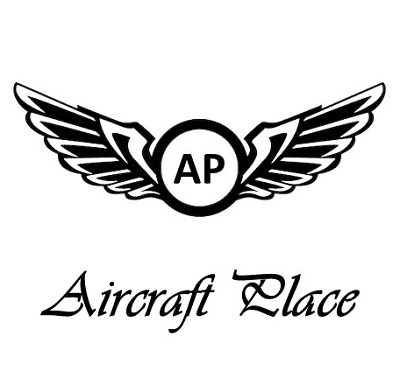
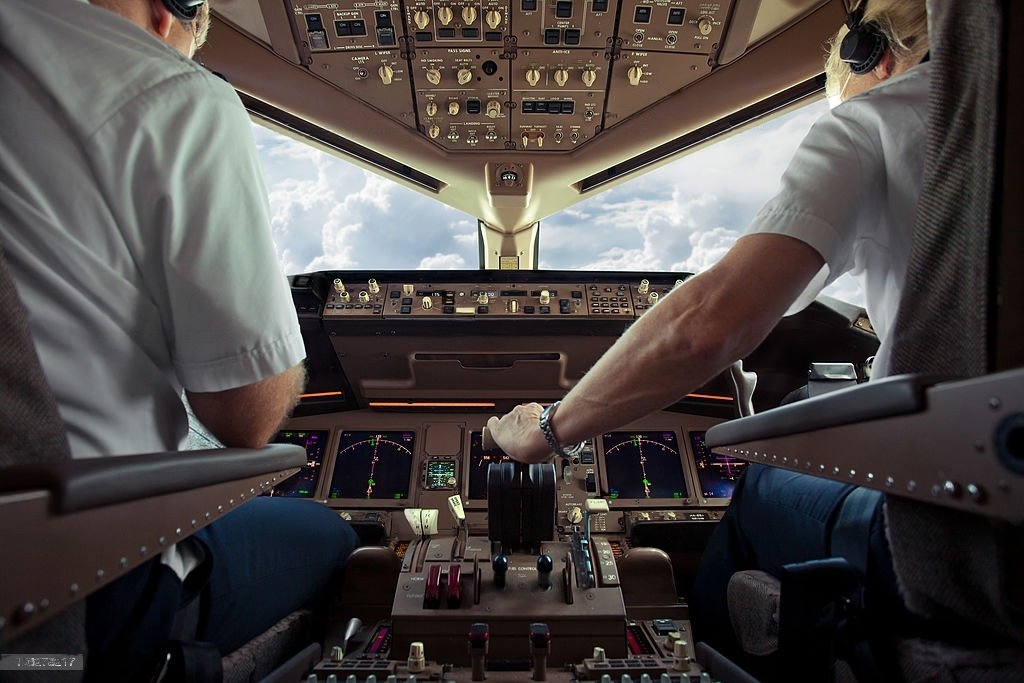


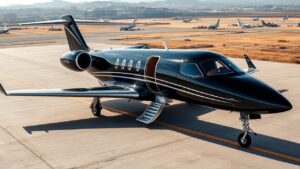


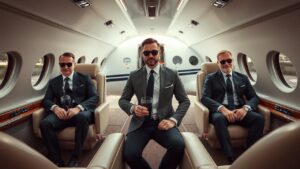



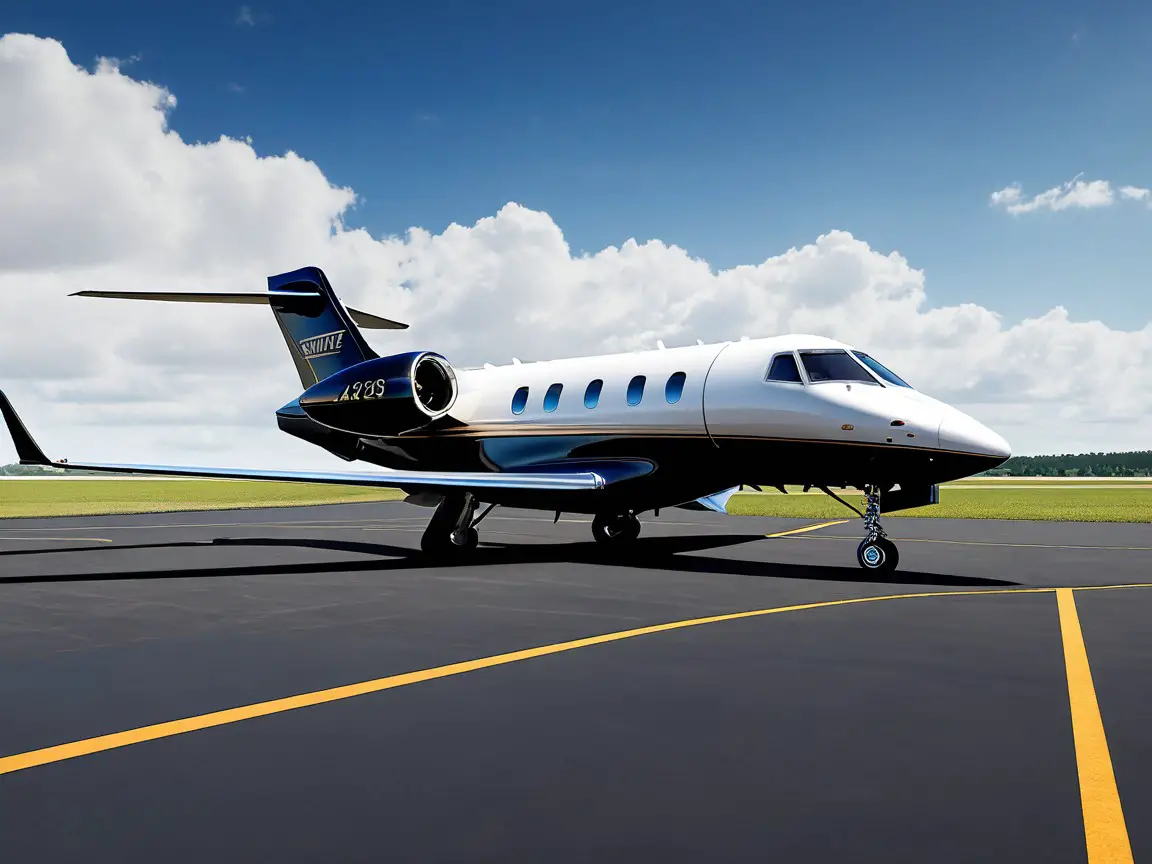
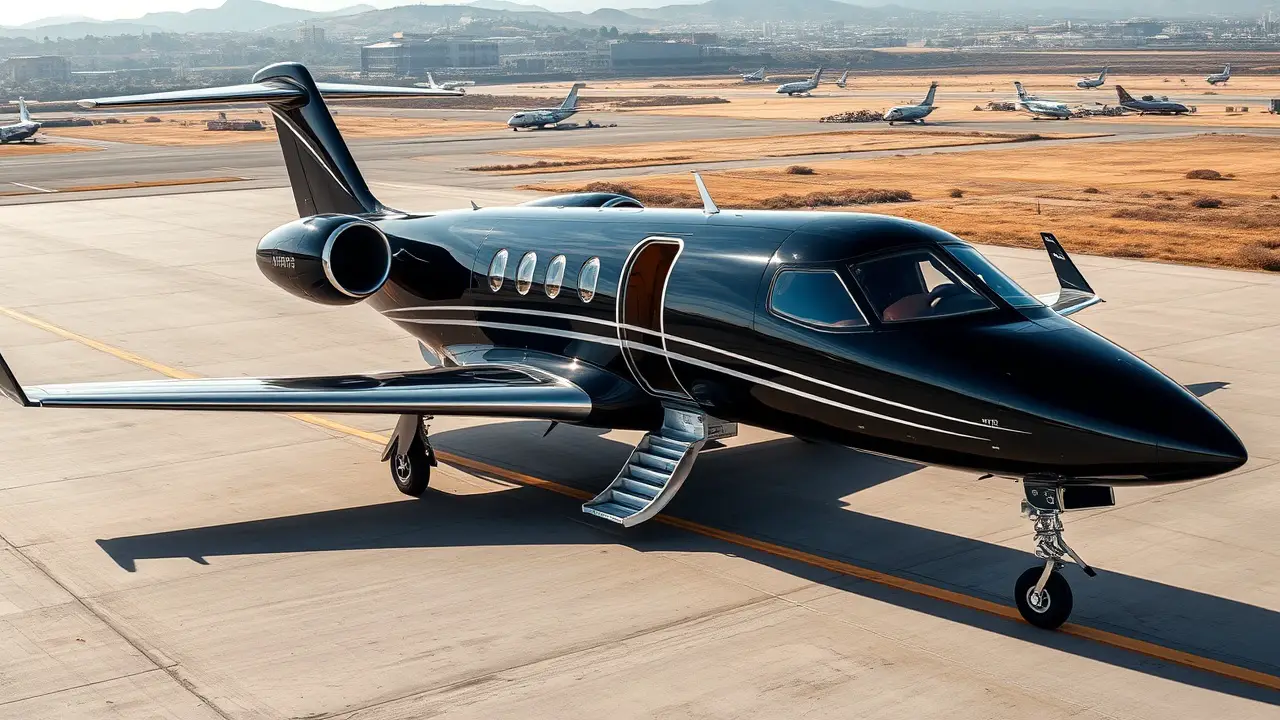
Leave a Reply